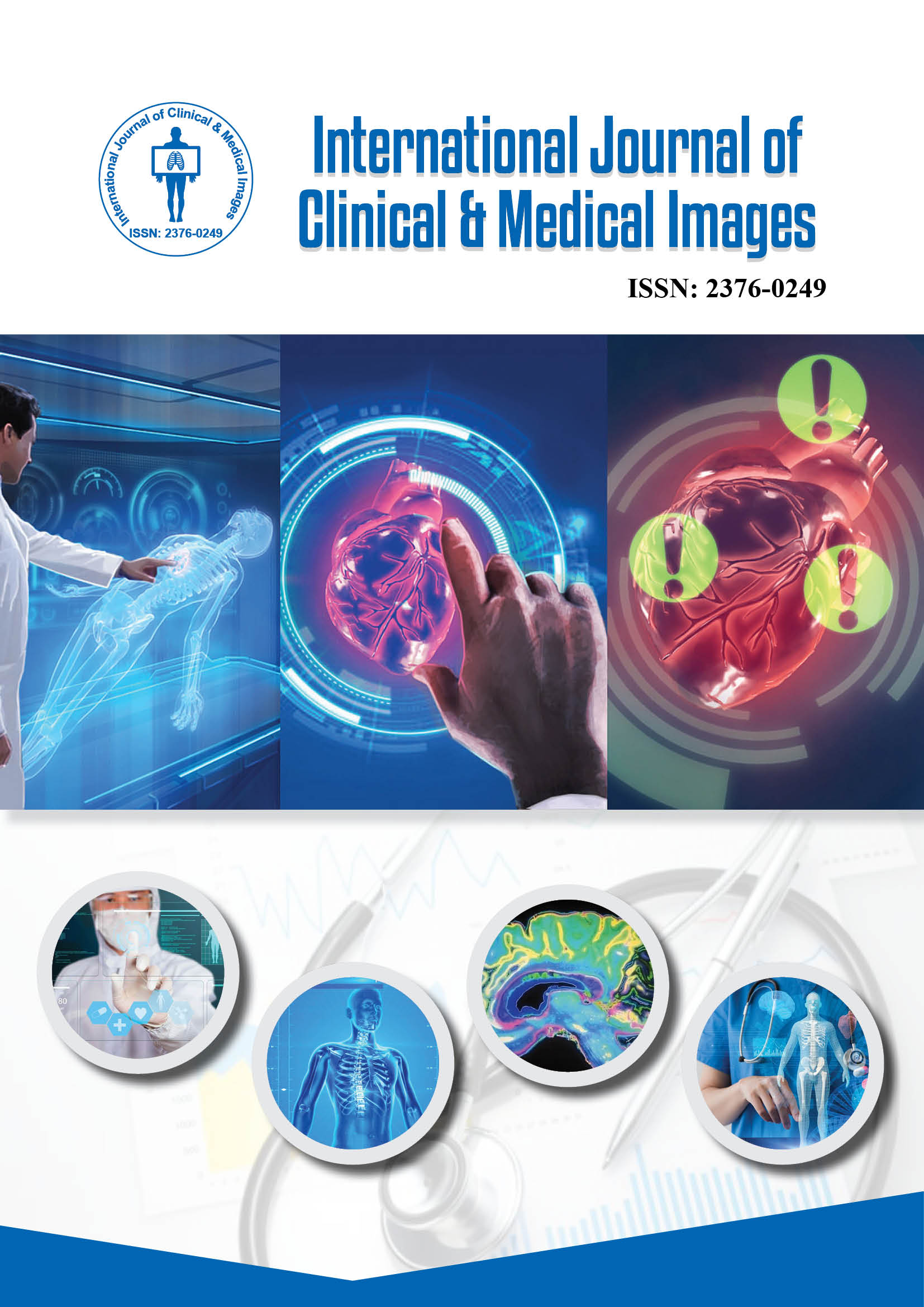2376-0249
Editorial - International Journal of Clinical & Medical Images (2025) Volume 12, Issue 3
Author(s): Hirata Sano
Functional neuroimaging has transformed the understanding of psychological disorders by revealing how brain activity and connectivity differ in mental illness compared to healthy states. Unlike traditional structural imaging, which focuses on anatomical abnormalities, functional techniques such as Functional Magnetic Resonance Imaging (fMRI), Positron Emission Tomography (PET) and Single-Photon Emission Computed Tomography (SPECT) provide dynamic insights into neural processes underlying emotion, cognition and behavior. These methods have opened new avenues for diagnosing, monitoring and potentially predicting treatment responses in a wide spectrum of psychological conditions, including depression, anxiety, schizophrenia and Post-Traumatic Stress Disorder (PTSD).
In mood disorders such as major depression, functional neuroimaging has identified consistent alterations in brain circuits regulating emotion and reward. fMRI studies reveal decreased activity in the prefrontal cortex and increased reactivity in limbic structures such as the amygdala, reflecting impaired emotional regulation and heightened stress sensitivity. PET imaging has shown reduced metabolism and neurotransmitter imbalances, particularly involving serotonin and dopamine pathways. These findings not only enhance diagnostic understanding but also aid in assessing treatment efficacy, as normalization of prefrontal-limbic connectivity often parallels clinical improvement following antidepressant therapy or cognitive behavioral interventions [1].
Functional imaging also provides critical insights into psychotic disorders like schizophrenia, where disrupted brain connectivity is a defining feature. fMRI studies demonstrate aberrant activation in the default mode and salience networks, contributing to impaired perception and cognitive control. PET imaging has revealed dysregulation of dopaminergic transmission, reinforcing the neurochemical basis of psychosis. By visualizing these dysfunctions, clinicians can better understand the neural correlates of symptoms and explore targeted neuromodulatory treatments such as transcranial magnetic stimulation or neurofeedback.
In addition to advancing diagnostic insight, functional neuroimaging offers promise for precision psychiatry. Quantitative imaging biomarkers derived from brain activity patterns can help predict individual treatment responses and identify those at risk for relapse. Longitudinal imaging studies enable clinicians to monitor neural changes during therapy, guiding personalized interventions that optimize outcomes. Although challenges remain in translating research findings to routine clinical use, the integration of neuroimaging with genetics, behavioral assessments and artificial intelligence is paving the way for a more objective and biologically grounded approach to mental health care [2].
Functional Neuroimaging, Psychological Disorders, Brain Connectivity
None.
None.
Google Scholar Cross Ref Indexed at
 Awards Nomination
Awards Nomination

